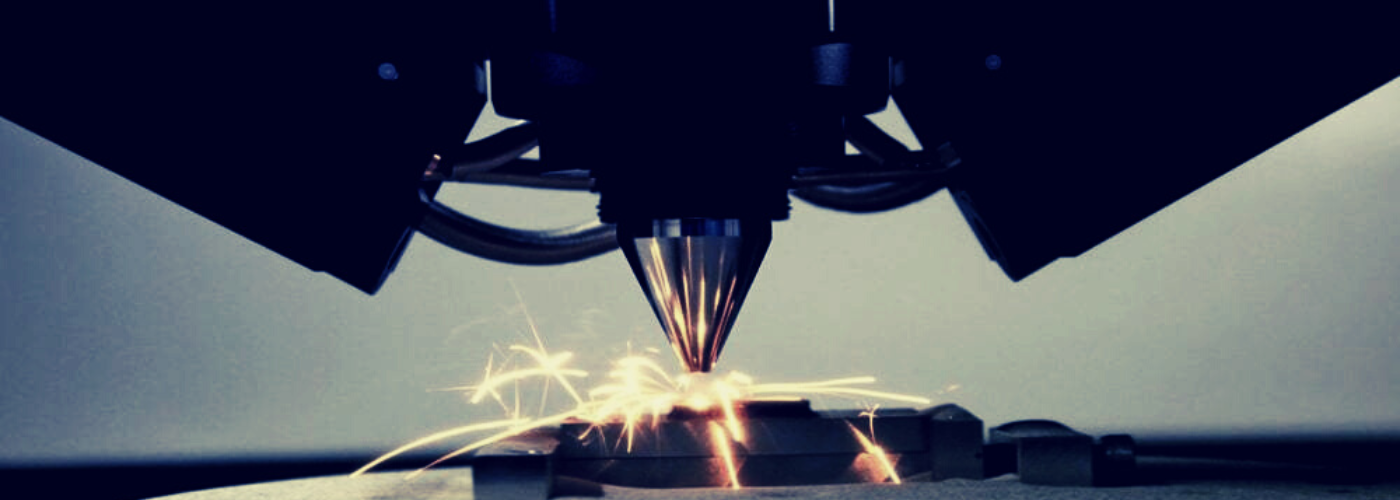 Laser powder bed fusion (LPBF) is an additive manufacturing (AM) technology that uses a laser to melt metal powder layer-by-layer locally according to a user-supplied CAD model. The final product is a three-dimensional part intended to replicate the user-supplied CAD geometry. Various metal types are available, and parts are limited to 170mm diameter x 200mm height.
Laser powder bed fusion (LPBF) is an additive manufacturing (AM) technology that uses a laser to melt metal powder layer-by-layer locally according to a user-supplied CAD model. The final product is a three-dimensional part intended to replicate the user-supplied CAD geometry. Various metal types are available, and parts are limited to 170mm diameter x 200mm height.
DETAILED DESCRIPTION
- What materials can be printed with LPBF?
Any weldable metal can be printed using this machine, including steel, nickel, copper, and aluminum alloys.
- What is the spatial resolution of the printed parts?
Spatial resolution is governed largely by minimum build layer thickness: 10 μm. You should also expect your part to shrink ~1-2% as it cools during production.
- How long does it take to print a part?
The print time depends on the part size, geometry, and laser settings. Time can range from several hours to more than a day.
- How much process control is allowed?
This machine has an open architecture, meaning that the operator has nearly complete control over the process settings.
- What are the ideal parts to be printed with LPBF?
Geometries that are too complex or intricate to manufacture using conventional manufacturing techniques are ideally suited for LPBF.
HOW MUCH DOES IT COST?
$120/hr, depending on material type.
WHAT CAN I EXPECT?
Located in the Merrill Engineering Building (rm 1410), this Aconity MIDI prioritizes 3D-printed metal parts services for university students, staff, and faculty. It can be a Self-Run Service or an Assisted Service. Various metal types are available, and parts are limited to 170mm diameter x 200mm height.
HOW TO GET STARTED
Visit our website: https://cores.utah.edu/metal-3d-printing/
Download PDF